For a good harvest, gardeners use different top dressings and fertilizers that saturate plants with useful substances. Often, vegetable growers use available organics to reduce the cost of buying mineral fertilizers. Some have successfully used eggshells as top dressings. It is a source of calcium, phosphorus and some other elements, improves the structure of the soil, protects plants from pests and diseases.
Content
Useful properties of eggshell
In its pure form, calcium is very rare in nature. Usually this chemical element is represented by carbonates and their salts. In this form, it is found in many products. In eggshell, calcium is present in the form of carbonate. This substance makes up 95% of the hard shell of an egg.
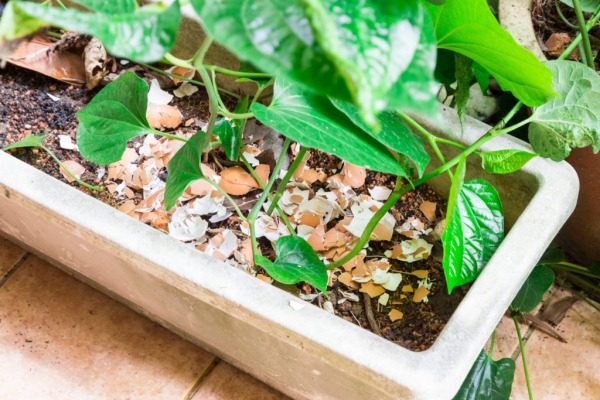
In addition to calcium, the eggshell contains another 27 chemical elements. These include:
- magnesium carbonate;
- magnesium phosphate;
- potassium;
- sulfur;
- iron;
- aluminum.
In crushed form, shells are useful for soil alkalization. To do this, they are added to clay, heavy soil with high acidity. An additional effect of the shell with this method of use is the enrichment of the soil with trace elements and minerals. The shell makes the soil more loose, improves the aeration of the root system of plants, saturates them with nutrients.
Due to the calcium content, after the introduction of the shell, the drainage properties of the soil are improved. The soil on top does not crack, the root system does not damage. Many gardeners use shells to deter pests or to protect against certain diseases.
Collection and preparation of shells for use
During long-term storage of raw eggshells in the room, a persistent smell of hydrogen sulfide appears. It appears as a result of the decomposition of organic protein on the inside of hard shells. So that an unpleasant aroma does not appear, preliminary preparation of the raw material is carried out using one of the proposed methods:
- Before laying for storage, the eggshell is washed under a tap. At the same time, all films, traces of litter and other organics are carefully removed. Washing slightly reduces the usefulness of the shellbut prevents the occurrence of an unpleasant odor.
- Another method of processing is baking for several minutes in the oven. This treatment speeds up the drying of the hard shell and simplifies then grinding.
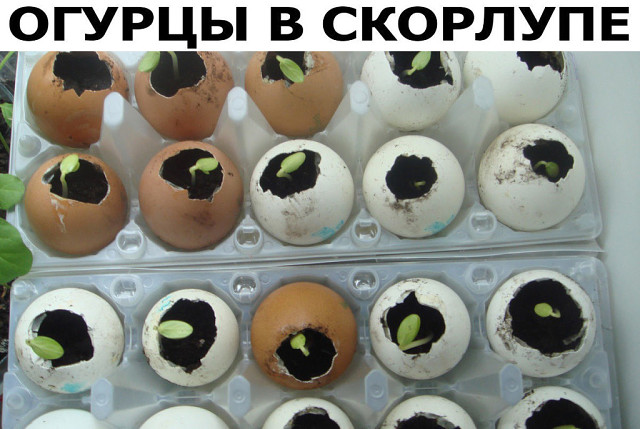 You may be interested in:
You may be interested in:When the shells dry out, they are crushed in any convenient way to a powder state. In this form, it is convenient to add them to the soil or prepare top dressing. For grinding, use a coffee grinder, meat grinder or simply grind with a pestle in a mortar.
Dried shells are stored in wooden crates or glass jars.Also, the raw materials can be folded into cardboard boxes or paper bags. The containers are left in a dry, ventilated place. In this form, the beneficial properties of eggshells persist for several years.
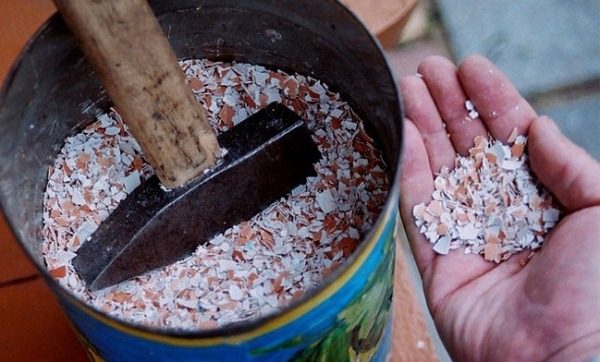
Egg shell tincture
This tincture is often used as liquid top dressing. Its use is relevant for seedlings grown indoors, plants grown in greenhouses or open ground, domestic flowers. For the preparation of useful fertilizer use large parts of the shells. It is advisable to take them from raw eggs that have not undergone heat treatment, since they retained more nutrients.
Step-by-step preparation of top dressing:
- Halves of shells fill a glass jar to the top.
- The remaining space is added with hot water.
- Tightly closed container is allowed to infuse at room temperature.
- Shake the contents of the jar every day. The turbidity of the liquid and the unpleasant odor that appears will tell about the readiness of the tincture.
- The finished product is filtered and made with water in a ratio of 1: 5.
Such dressing is watered by plants and seedlings. The remaining raw materials can be used to prepare top dressing 2-3 more times. Some vegetable growers take melt or rain along with ordinary tap water.
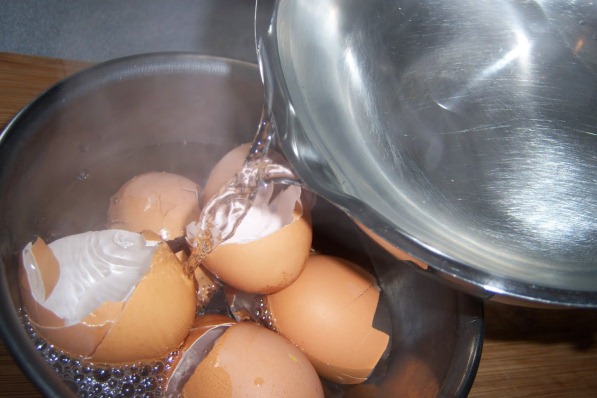
Using Egg Shell Powder
Hard egg shells crushed to a powder state are introduced into the soil during transplanting to a permanent place. To do this, add a handful of shells to the prepared wells, distributing the substance along the walls.
Special useful for fertilizing tomatoes and pepper. It protects young plants from peak rot. Melon, cabbage and eggplant respond well to egg shells. When planting onions or garlic, chopped shells are added to the furrows on the beds.
To reduce the acidity of the soil in the fall, the powder from the shells is made for digging. For each square meter, 1 cup of substance is added. To make the soil more loose, use coarse powder. Shell decomposition takes a long time. Therefore, such top dressing will work for several years.
Pest and Disease Control
In addition to enriching the soil with useful substances and improving its structure, hard shells of eggs are sometimes used to repel pests and prevent some plant diseases. When planting cabbage, adding powder to the well prevents the development of a disease such as keel.
Large pieces of egg shells help fight slugs in vegetable and berry crops. To do this, crushed shells in large pieces are mixed with charcoal or ash in an equal amount. The resulting mass is distributed between the rows in the beds, where slugs most often appear. Sharp pieces of shell injure the delicate body of slugs. Therefore, they prefer to find a more comfortable place to live.
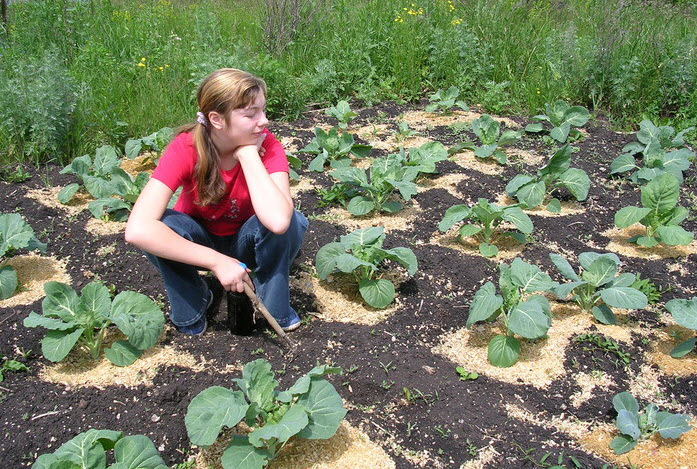 You may be interested in:
You may be interested in:In addition to slugs, in this way you can eliminate some other pests that live in the soil. By placing large pieces of shells in the hole when planting seedlings, you can protect young plants from the bear or mole.
Harvesting eggshells can be carried out constantly, and then used as free fertilizer. Ground shells are useful for improving the structure of the soil, saturating it with useful elements, protecting plants from diseases and pests.

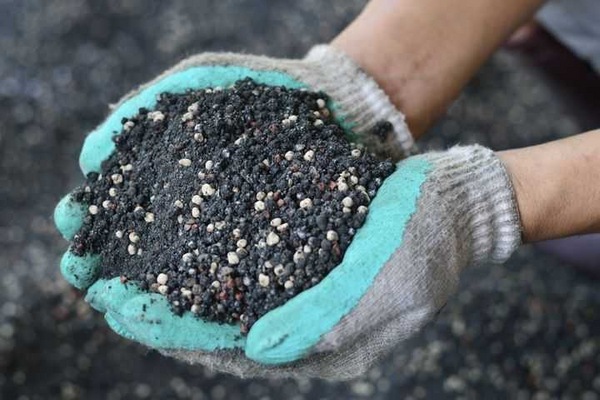
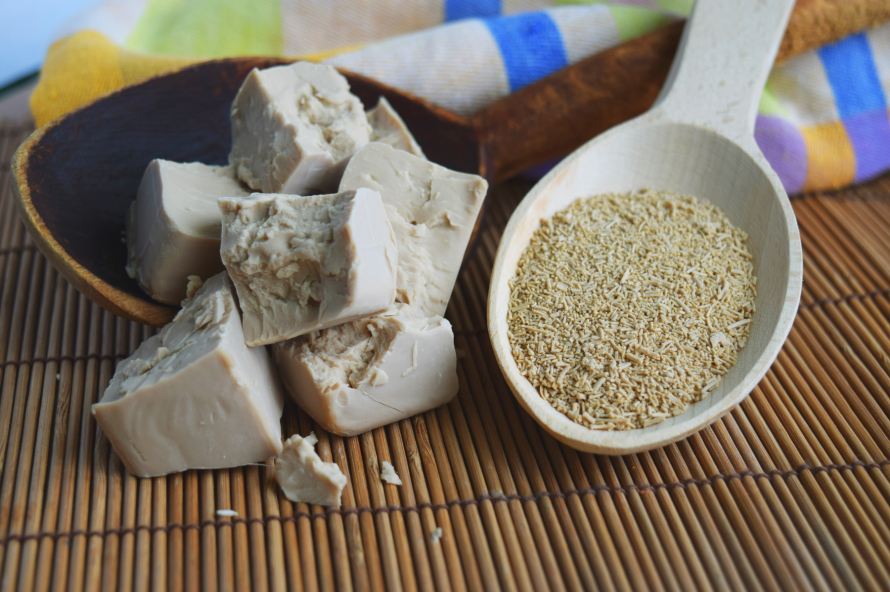
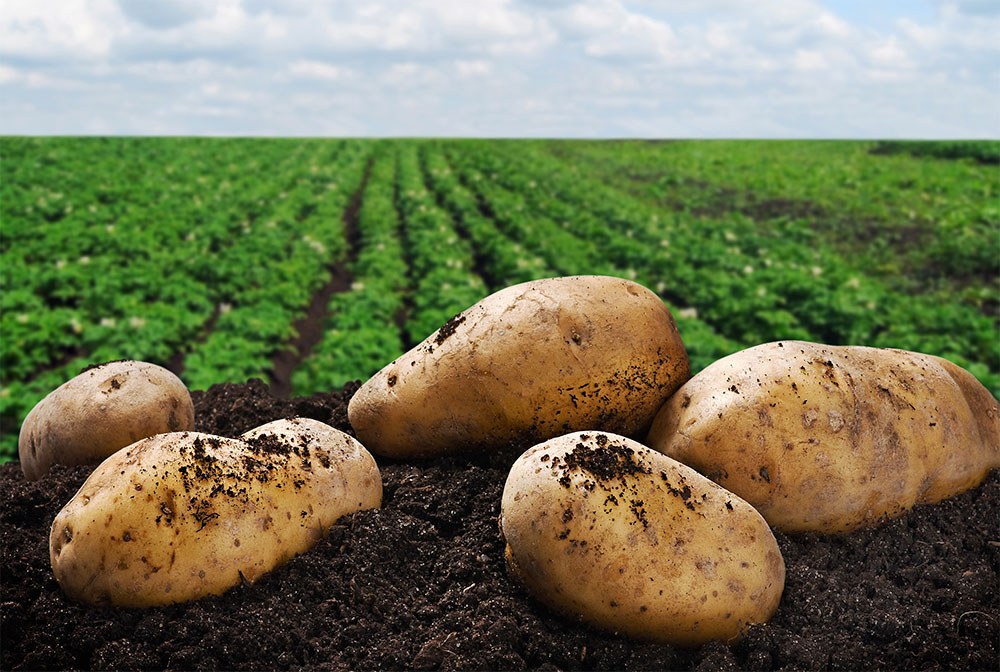
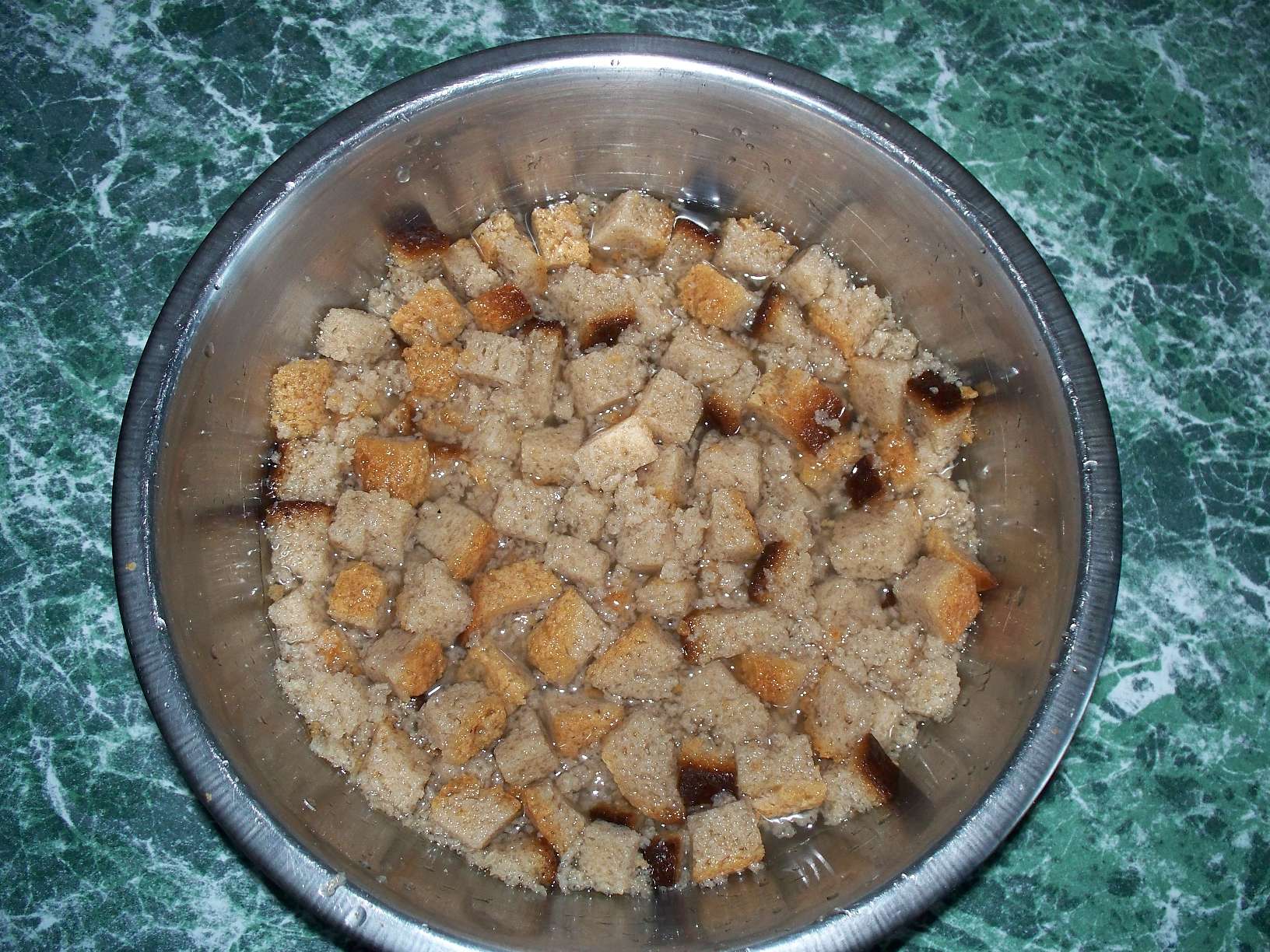 How to make bread infusion for feeding cucumbers
How to make bread infusion for feeding cucumbers Superphosphate: what is it and how to apply it
Superphosphate: what is it and how to apply it What problems can be expected from siderats?
What problems can be expected from siderats? Secrets of the collection, storage and use of eggshells in the garden
Secrets of the collection, storage and use of eggshells in the garden